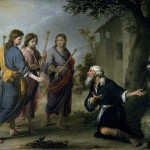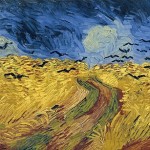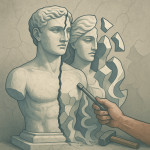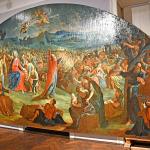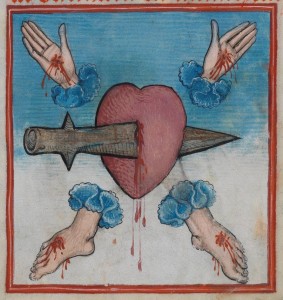 In my prior Lenten post, I discussed Nouwen’s idea that the way to deal with loneliness is not to run from it or desperately try to drown it out, but rather to enter into it and let our desperation transform into a calm and positive solitude, a place in our hearts set apart and protected yet also open to entertaining strangers. In this post, I would like to delve a bit more into one aspect of this, the way that solitude can help open us to the pain of others. Nouwen puts it better than I could, so I shall begin with his words:
In my prior Lenten post, I discussed Nouwen’s idea that the way to deal with loneliness is not to run from it or desperately try to drown it out, but rather to enter into it and let our desperation transform into a calm and positive solitude, a place in our hearts set apart and protected yet also open to entertaining strangers. In this post, I would like to delve a bit more into one aspect of this, the way that solitude can help open us to the pain of others. Nouwen puts it better than I could, so I shall begin with his words:
When we think about the people who have given us hope and have increased the strength of our soul, we might discover that they were not the advice givers, warners or moralists, but the few who were able to articulate in words and actions the human condition in which we participate and who encouraged us to face the realities of life. Preachers who reduce mysteries to problems and offer Band-Aid-type solutions are depressing because they avoid the compassionate solidarity out of which healing comes forth…Those who do not run away from our pains but touch them with compassion bring healing and new strength. The paradox indeed is that the beginning of healing is in the solidarity with the pain. In our solution-oriented society it is more important than ever to realize that wanting to alleviate pain without sharing it is like wanting to save a child from a burning house without the risk of being hurt. It is in solitude that this compassionate solidarity takes place. (Henri Nouwen, Reaching Out, Chapter 3, Solidarity in Pain)
To begin discussion, let me suggest that if you don’t feel the immediate palpable danger in this prospect, you should probably leave the passage and come back to it at another time, for your own good and for the good of others. Pain is a powerful thing, and sharing it with others is an intimate, vulnerable, and powerful experience – and not recognizing this can be deadly. I have seen it become the prey of ever so many warring savior complexes. And I can think of a number of instances where pain has been opened up in community, has paraded its awkward self around the room, and has then been put away more lonely and isolated than before. Like the house swept clean till the demon returns with seven more wicked spirits, the final condition feels worse and more hopeless than the first.
But if you hear this with fear and trembling – whether you are the one seeking to open your wounds to someone else, or the one seeking to gently tend the wounds of another – know that there is another way, a way that we encounter every time we attend the Mass. This is the way of the corpus on the cross, the body and blood in the tabernacle. For in these we discover the pain of ourselves and others held together in Christ’s body, and held in such a way that they are public and common, neither a spectacle to be mocked nor a shame to be hidden away; they are the means of participation in the pain of our neighbours. And though many of the wounds will have been inflicted by us – perhaps even as a result of good intentions and a caring spirit – the miracle is that we may still approach alongside one another as the corpus calls our hearts again and again to a particular kind of rawness and vulnerability handled with all the reverence due to the Host – for these too are His wounds in His body, the Church. If you do not yet know the deep and profound danger of sharing pain with others, I encourage you this Lent to continue making your home in the loneliness until it has become solitude. But to the degree that you are alive to the reality of wounds – your own, those of others, and the awful way they are caught up in Christ’s body – I encourage you to ask yourself even more particularly than usual this Lent where you might touch the wounds of Christ in others. And further, even when we have nothing to give, let us be open to letting others touch His wounds in us – for we trust with Saints Thomas and Longinus in the power of these wounds to convert and heal.


